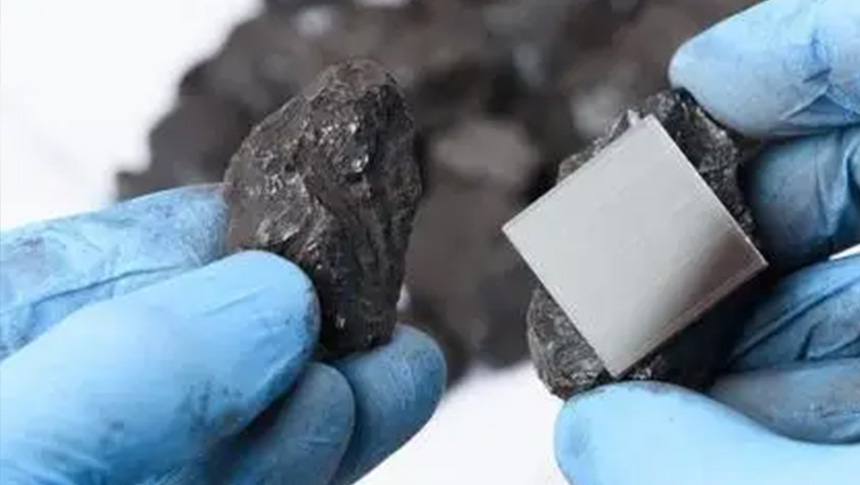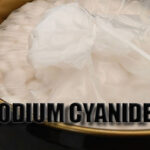
Before initiating the heap leaching process for silver extraction from lead – zinc ore, precise mineral identification is crucial. Key minerals to distinguish include sulfide ores, oxide ores, insoluble deep red silver ore, light red silver ore, selenium silver ore, and sulfur antimony copper silver ore.

Once the mineral phases are clearly identified, cyanide leaching conditions can be determined. In the case of zinc oxide ore, zinc readily dissolves in cyanide solutions. Minerals such as smithsonite (ZnCO3), zincite (ZnO), and hydrozincite (3ZnCO3⋅2H2O) are especially soluble, consuming large amounts of cyanide. Additionally, the resulting Zn(CN)2 may deposit on gold particles, impeding silver dissolution.
Regarding lead content, a small amount of lead can be beneficial for gold and silver cyanidation. It mitigates the negative effects of alkali metal sulfides in the cyanide solution. When leaching argentite (AgS), lead salts react with Na2S to form PbS precipitates, thereby promoting silver dissolution in the cyanide solution. However, for complex silver sulfate ores, this positive effect does not occur. Excessive lead negatively impacts gold and silver leaching rates, and an increase in lime dosage further reduces these rates.
To effectively process silver – bearing ores, the following strategies are recommended:
- High – Concentration Cyanide Leaching: Use a high – concentration cyanide solution (0.2 – 0.6% NaCN) to ensure efficient silver dissolution.
- Optimal Ore Characteristics: Ensure that the heap leaching ore has excellent permeability and porosity. These properties are essential for providing the oxygen required for silver dissolution.
By following these guidelines, miners can enhance the efficiency and effectiveness of silver extraction from lead – zinc ore through heap leaching.




